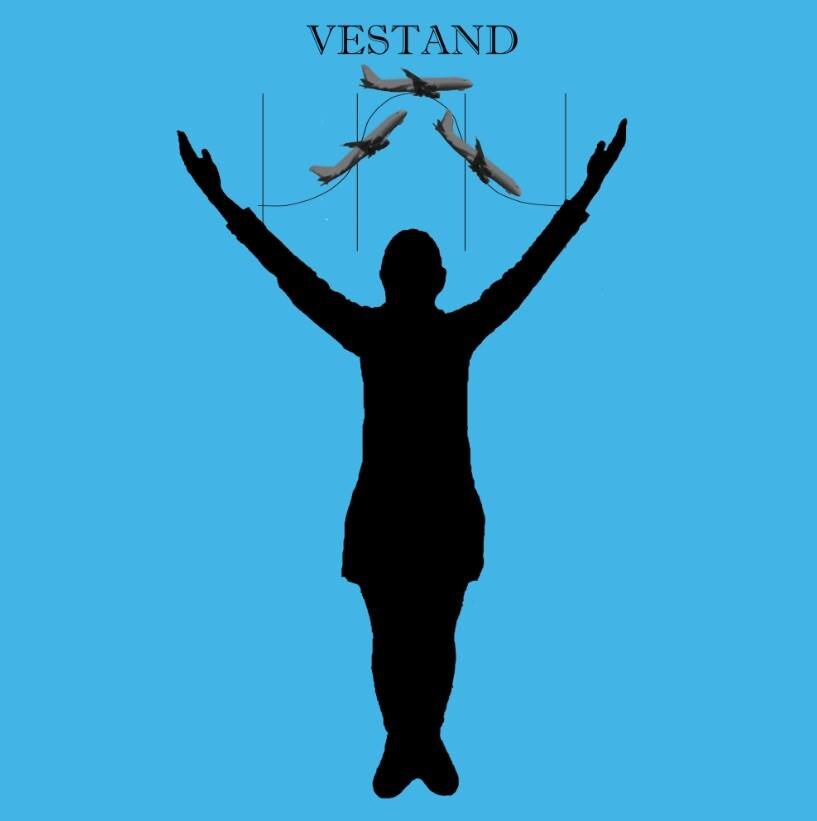Meet the teams: VESTAND
The VESTAND team is composed of two PhD students and one Master student from the Erasmus University Medical Centre Rotterdam in the Netherlands as well as one Master student from the Delft University of Technology in the Netherlands. They will investigate the contribution of gravity to self-motion perception and standing balance responses evoked by electrical vestibular stimulation.
The contribution of gravity to self-motion perception and standing balance responses evoked by electrical vestibular stimulation
| University |
Erasmus University Medical Centre Rotterdam, The Netherlands; Delft University of Technology, The Netherlands |
| Endorsing professor |
Prof. Dr. M.A. Frens Erasmus University Medical Centre Rotterdam, The Netherlands |
| ELGRA mentor | TBD |
| Team |
Rick van der Vliet Zeb Jonker Anne Arntz Christopher Hauwert |

This project will extend the VESTAND team’s knowledge on motor performance measurement and modelling of the standing balance system. The primary objective of this project is to determine how gravity contributes to artificial vestibular stimulation responses, and the context-driven modulation of these responses that normally occur. Electrical vestibular stimulation is a popular research tool used to perturb the vestibular system (i.e. the balance system) without activating other sensory channels. The perceived motion evoked by the stimulus, as well as its effect on standing balance, are hypothesised to be formed relative to the constant load of Earth’s gravitational pull. In order to examine the effects of gravity, the micro-g and hyper-g conditions provided by parabolic flights are essential.

The team expects that the perception of the virtual motion evoked by the response during micro and hyper-g conditions will include a bias translational component that is not observed under 1g conditions. Similarly, they expect that vestibular-evoked muscle response during standing balance conditions will be inhibited during micro-g conditions and elevated during hyper-g conditions. These results will reveal the neural computations involved in the perceived motion and vestibular reflexes evoked by electrical vestibular stimulation during standing balance, and will help guide future studies using this technique on Earth and in space. The results may prove particularly useful where vestibular stimulation is used to offset the adverse effects of microgravity experienced by astronauts during spaceflight.

